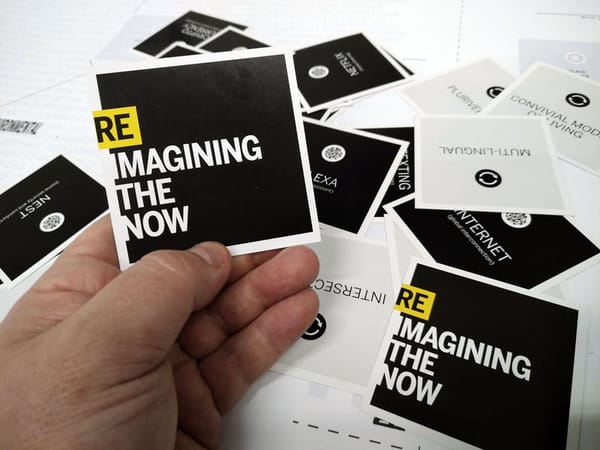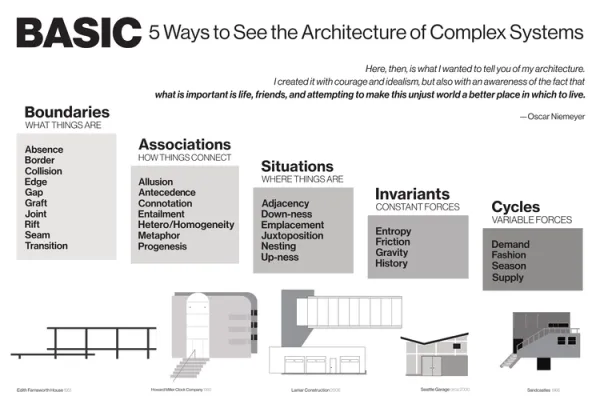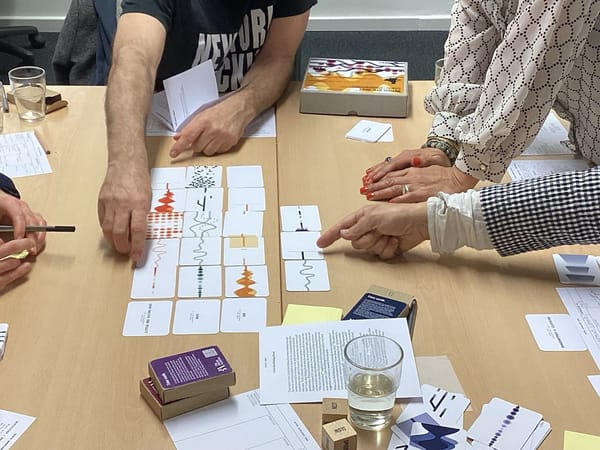№ 94 | Archipelago of Possibilities, Strategically Vague Questions, Pattern ABC Cards, Letter to a Young Systems Thinker, The Heroine’s Journey, and A Theme Park in Miro

Here’s your regular dose of playful things to think with, and think about!
Archipelago of Possibilities
This single photo was enough to derail me from whatever I was doing, and get my mind whirring at the creative possibilities. Look at the canvas map! Where do the cards come from? How are they placed?
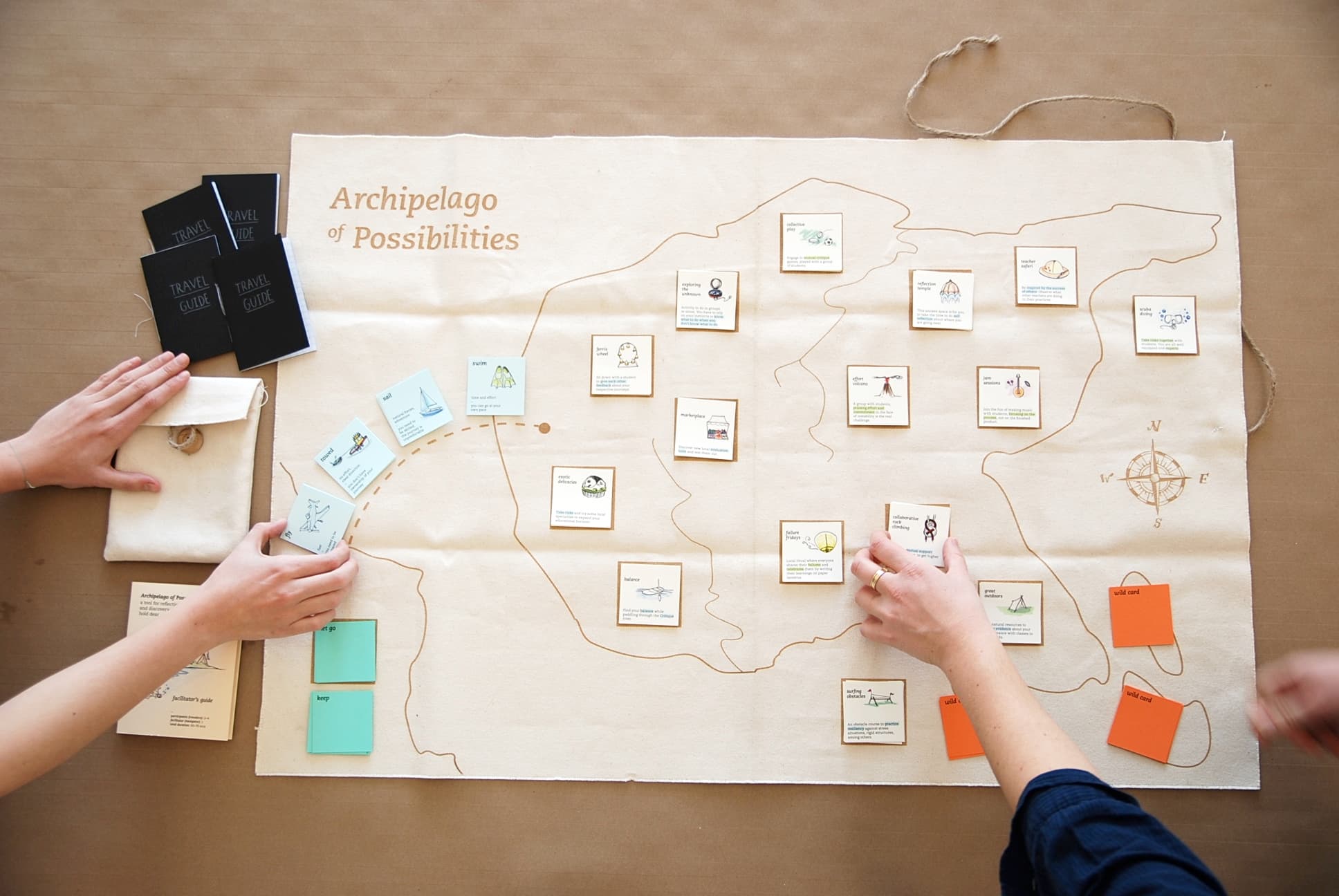
As designed, the Archipelago of Possibilities is a travel themed activity that teachers and educators (aka “travelers”) use to plan and visit their ideal teaching and learning environment, before returning with a souvenir from their trip—and a new mindset. Part imagination, part self-reflection, and entirely fun, I can see how this would hold space for reflection and encourage teachers to “start acting on the teaching practice they wish to have.”
Other than similarities to board games, I think what grabbed me about this activity was the travel theme. Recently, I’ve been planning/considering a workshop activity where teams might explore various challenges to team collaboration, by visiting different metaphorical landmarks. Think of “places” such as Communication Chasm, Perspective Peak, Information Overload Rapids, and so on. Other than being framed negatively as challenges (a contrast to the ideal framing found in Archipelago of Possibilities), everything else I’m thinking about would fit with this activity.
And… Fortunately for all of us, facilitation guides and printable materials for the Archipelago of Possibilities are freely available!
- archipelago-report-for-ILETC-project [PDF]
- Archipelago of Possibilities: Facilitator Guide : Find an Expert : The University of Melbourne
One final note on this find: This commentary from the creators crisply articulates—in my opinion—the value of this as a playful thing to think with:
We discovered… the power of metaphor as a hook to have an abstract yet collective conversation, the power our narratives can have over us, and how imagining a future narrative can help give way to a new tomorrow. A large part of our process came from learning how the power of play can create a space for introspection and mindfulness to bring about new ways of acting.
😍
Strategically vague questions
You might have experienced a question along the lines of “what haven’t we discussed?” What is interesting about this—as a question—is that it’s open ended, and may or may not be after anything specific.
There could be nothing more to discuss, or… this could open the conversational floodgates! It’s a generative question.
And that’s what I love about these Forty Strategically Vague Questions [LI]. They’re generative. Each is a prompt you can slip into conversation, that may (or may not!) open the door to unexpected discoveries.
Here’s a secret power move when it comes to getting people to think differently.
These are questions that are deliberately open-ended and un-specific.
They invite interpretation — which leads to more original, more revealing answers.
They force people to project THEIR OWN THINKING onto the question, which leads to unexpected connections and ideas.
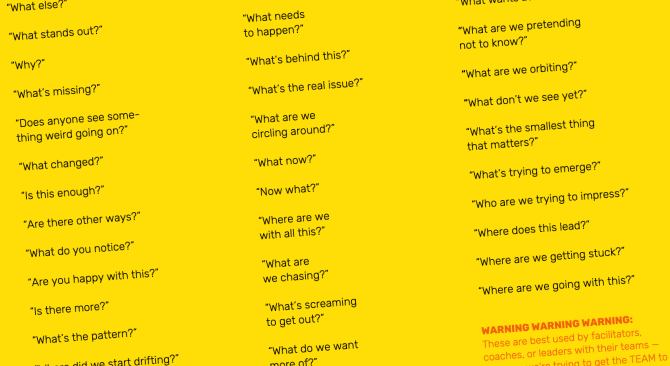
Pattern ABC Cards
Here’s a novel way to change how you see the world: The patternABC cards from Na2ure were designed to help us see patterns and structures that “abound in nature and everyday objects.”

The Pattern Alphabet is a tool for building a visual vocabulary of nature’s patterns, helping children classify everything they see into types—geometric, organic, symmetric, and more. It empowers children to observe and categorize their world, laying the groundwork for scientific exploration and design thinking.
I picked up a copy a few years ago; it’s a good use of card transparency, as this lets you literally overlay information onto your environment. And it makes for a fun scavenger hunt!
“Letter to a Young Systems Thinker” 🤔
I come across lots of posts about systems thinking, most of which tend to be rehashings of familiar themes. While I love thinking tools like causal loops, triple loop learning, and levers for change (maybe not so useful?), these tools can start to feel like an overly mechanistic response to something inherently squishy. I think this is why I’m so enamored with “Letter to a Young Systems Thinker.” Patterned after Rainer Maria Rilke’s Letters to a Young Poet, this is a fabulous, poetic musing on Systems Thinking. And, rather than comfort us with tools and frameworks, it urges us to be comfortable with uncertainty, change, and the dynamic nature of things. To commune with the system.
And if you stay with systems work long enough, committed to curiosity and reflection, sooner or later you realize the point isn’t to model, map, or master the system, but to be in conversation with it.
Reminds me of my favorite metaphor for working in complex systems: Surfing!

The Heroine’s Journey
I’m drawn to dissenting perspectives that critically challenge popular thinking (this is often where nuanced learning takes place, and how our perspectives get challenged). In past issues of Thinking Things I’ve shared two responses to Joseph Campbell’s notion of The Hero’s Journey: (1) The "Hero's Journey" Is Nonsense and (2) this excellent talk on character arcs that goes “Beyond the Hero’s Journey.”
Here’s another perspective to add to the pile: The Heroine’s Journey!
Tired of the hero’s journey?
Frustrated that funny, romantic, and comforting stories aren’t taken seriously?
Sad that the books and movies you love never seem to be critically acclaimed, even when they sell like crazy?
The heroine’s journey is here to help.
Author Gail Carriger sums up the The Heroine’s Journey in one pithy sentence:
Increasingly networked protagonist strides around with good friends, prodding them and others on to victory, together.
This, sounds… kind of nice ☺️. Friends. Mutual support. Wholeness. Unity. (I may have found this by way of the solarpunk hashtag I follow!)

While Carriger’s book was published in 2020, it looks like we can trace the concept of The Heroine’s Journey back to Maureen Murdock, a Jungian psychotherapist, who was once a student of Campbell. Apparently, Murdock wrote her book The Heroine’s Journey: Woman’s Quest for Wholeness (first published in 1990), as a counterpoint to Campbell’ popular perspective. Murdock has a slightly different focus from that of Carriger. Here’s a good description from story coach Pam Hines:
Murdock’s version focuses on a psycho-spiritual internal journey of healing. It emphasizes emotional understanding, spiritual exploration, and finding a sense of self-worth. Rather than seeking an external object, heroines are seeking some sense of identity that they’ve lost by immersing themselves in a masculine-driven world.
As Murdock famously put it: “Women don’t need to make the journey. In the whole mythological tradition, the woman is [already] there. All she has to do is to realize that she’s the place that people are trying to get to.”
A theme park in Miro
“We're creating a theme park in Miro.” [LI] 🤩
Setting aside issues with the Kübler-Ross model of grief (see the comments for details), I love the theme park vibes in this workshop activity! Now I’m curious to see the other rides…
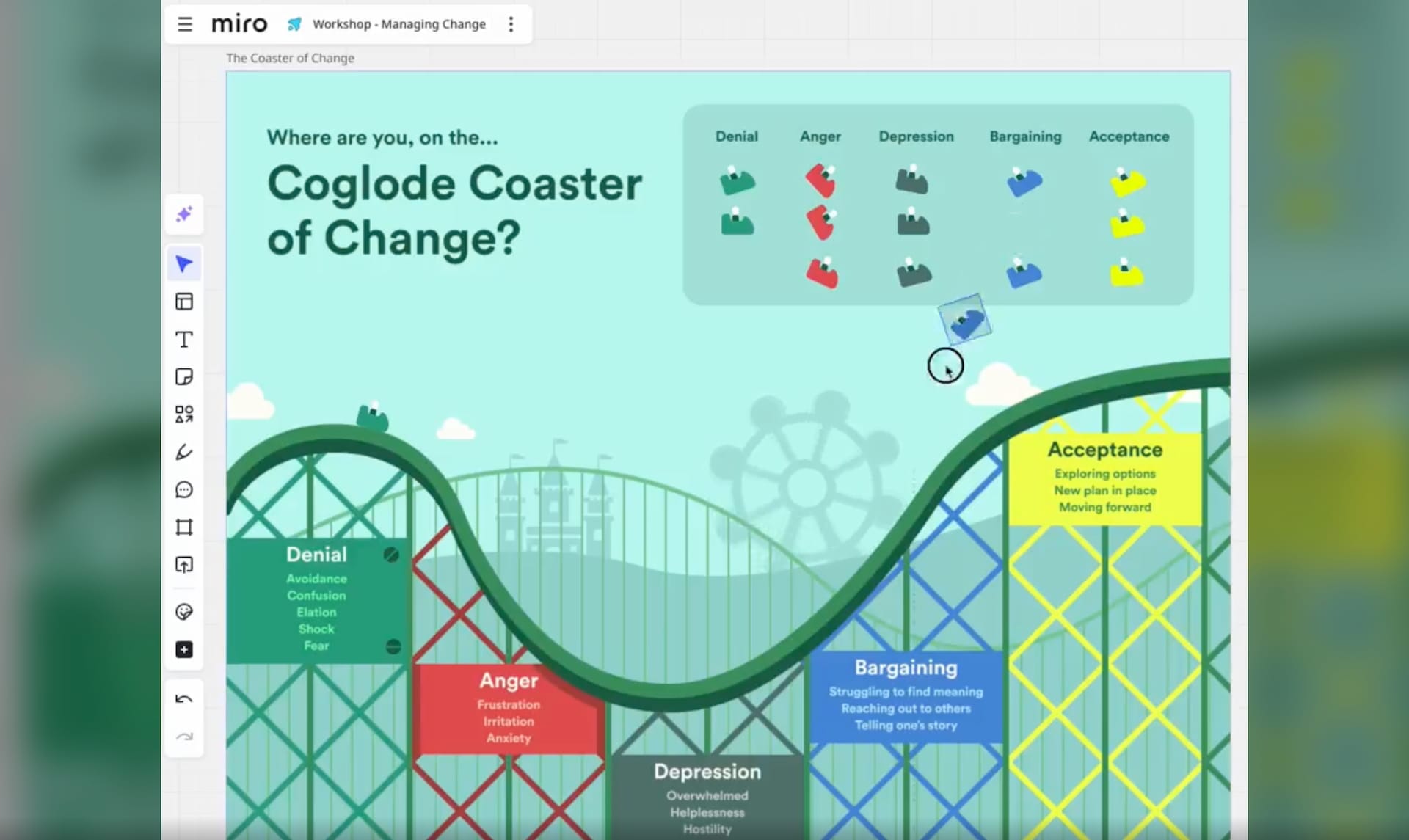
Random Extra Stuff:
…at no additional charge! 😉
- I’m fascinated by this ellipse drawing tool.
- Thanks to the Cardstock group, I learned about The Amazing Magic Robot!

- Ooh. I love this 12-bit rainbow palette. It has “evenly-spaced hues, only small variations in chroma, and smoothly increasing and decreasing luminance.”

- You know how one political party will commit some evil act, then turn around and (falsely) accuse the other political party of doing (or planning to do) the very same thing? Turns out there’s a term for this: Accusation in a Mirror.
- You know how everyone says they’ll pay more for “Made in the USA.”. Turns out the data doesn’t support this, at least in this A/B test.
- Here’s a smashing article from Anil Dash about how “AI-first” is the new Return To Office.



